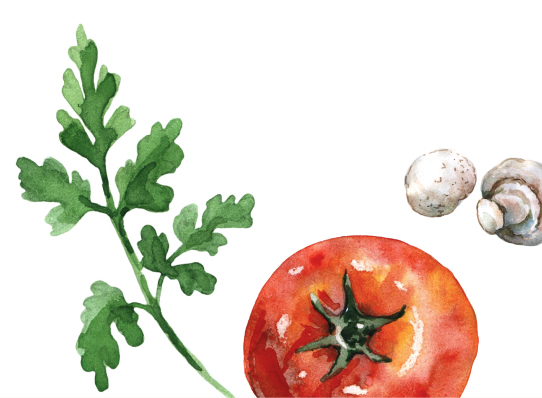James Beard House Fellow: Sofia Mendoza
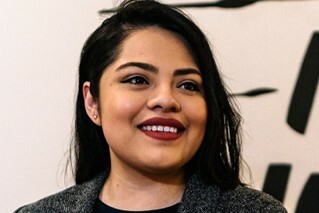
JAMES BEARD FOUNDATION FELLOW: SOFIA MENDOZA
By Georgette Farkas
Sofia set her sights as high as one could in New York City’s restaurant landscape, all the while remaining focused on serving her community and building a nurturing culture in the workplace. After earning a culinary degree at Monroe college, Sofia worked at restaurants including The Modern, Daniel and Eleven Madison Park, in areas including human resources and guest relations. The pandemic’s impact heightened Sofia’s awareness of the Latino community’s invaluable role in hospitality, just as the JBF fellowship training will fuel her goal of creating a Mexican café with a taste of home.
What convinced you to apply for the fellowship?
My dream of opening a café in the future. I was putting it off to focus on my career right now, but when I learned about the program I thought “this is the push I need”. My vision for my café revolves around refined Mexican food. At the same time, my business will work to reduce food insecurity. We may partner with food banks such as City Harvest and collaborate with other restaurants to build support for community needs and make food accessible, especially in emergencies.
What were the most valuable aspect of the program?
In the finance section, I learned how to align my vison for my café with realistic business goals, setting expectations for profitability and the time it could take to become profitable.
With program mentor Valerie Wilson, a Public Relations pro, I learned how to identify my target market and how to incorporate marketing metrics to assure my business is successful. Valerie taught me to build stories that are purposeful and that reflect my business’ unique character.
What did you learn that most surprised you?
How different meal kits are from regular restaurant production. Every aspect of my Beard Box meal kit had to be thought out, from the components of my dishes to the size of the jars, to production and packaging. While working at Great Performances, I learned that just because it comes from a box doesn’t mean you cut corners, you have to be very thoughtful and intentional when it comes to building a meal kit. My menu included handmade tetelas, which are a type of folded and stuffed tortilla. We made two versions, one filled with wild mushrooms and the other filled with Oaxaca cheese and zucchini. They needed to be carefully assembled by hand and in a way that made them easy for customers to heat and eat at home, with all the flavor and texture intact.
How did the program influence the direction of your culinary career and the possibilities you see ahead?
The fellowship allowed me to explore and envision what my café would look like and what recipes I would create for it. It encouraged me to take a deep dive into where I come from, the stories behind my favorite dishes and where I see them in my dream café. I’ll be using flavors from my childhood, such as my guajillo salsa. There will be the colors and spices that I grew up with, using food to bring a piece of my home in Mexico here to my café.
Tell us about the next steps in your career?
My plan is to open my café in seven years. Now I am actively building my business plan, researching concepts, restaurant architecture and locations.
What was your favorite aspect of the fellowship?
Meeting other fellows and learning from them! I loved learning about their journeys and about their experience in the industry. I especially loved when we all got together to cook at Great Performances for the JBF awards box back in August.
What was the most challenging aspect of the fellowship?
On the very same day that I started the fellowship, I also started a new job as a Human Resources Manager at Union Square Hospitality. It was hard to balance both. I had to ask for help and lean on my support system to 1. Get the most out of the program 2. Learn the ropes of my new position 3. And remember to have fun while achieving 1 and 2.
What is the most valuable skill or lesson learned that you will take away from your fellowship?
The most valuable lesson I learned from my fellowship was always hire a real estate attorney before signing a lease. With things constantly changing, you need to make sure you protect your business in ALL aspects.
Recipe: Mexican Hot Chocolate Bavarois with Churro and Piloncillo Crumble
By Sofia Mendoza
Yield: 6 servings
Ingredients
Bavarois
- 1¼ cups milk
- 175 gr bittersweet chocolate, coarsely chopped
- ¼ tsp ground chili pepper
- ¼ tsp ground clove
- ¼ tsp ground cinnamon
- 4 egg yolks
- ⅓ cup sugar
- 1 tsp vanilla extract
- 1 gelatin sheet
- 1 cup heavy cream
Churro Crumble
- 1 whole churro
- 2 Tbs pilloncilo sugar*
*unprocessed pure cane sugar found mostly in Mexicog
Procedure
In the top of a double boiler over medium heat, combine milk, bittersweet chocolate, chili pepper, clove and cinnamon. Whisk together until chocolate is completely melted.
In a mixing bowl, whisk together egg yolks, sugar and vanilla. Whisk in about a quarter of the chocolate mixture to temper. Whisk egg mixture back into the chocolate mixture. Cook stirring over the double boiler until the mixture thickens just enough to coat the back of a wooden spoon. Remove from heat and let cool.
Place gelatin sheet in a small mixing bowl with just enough cold water to dissolve. Whisk into chocolate mixture and refrigerate, just long enough to cool, but not long enough to set.
In the meantime, in a mixing bowl, whip heavy cream. Fold whipped cream into chilled chocolate mixture. Transfer to six individual small ramekins or serving bowls and refrigerate to set.
Preheat oven to 350°. Coarsely chop the churro in to pieces small enough to form a crumble mixture. Coarsely chop the piloncillo sugar. Toss the two together on a parchment paper lined baking sheet and toast approximately 20 minutes or until churro pieces are crisp. Remove from oven and let cool. Just before serving, spoon the churro mixture over the set chocolate bavarois to garnish.
We would like to acknowledge CAPITAL ONE as the presenting Sponsor of the James Beard House Fellows Program.
Related Posts
No records found for the
search criteria entered.
-
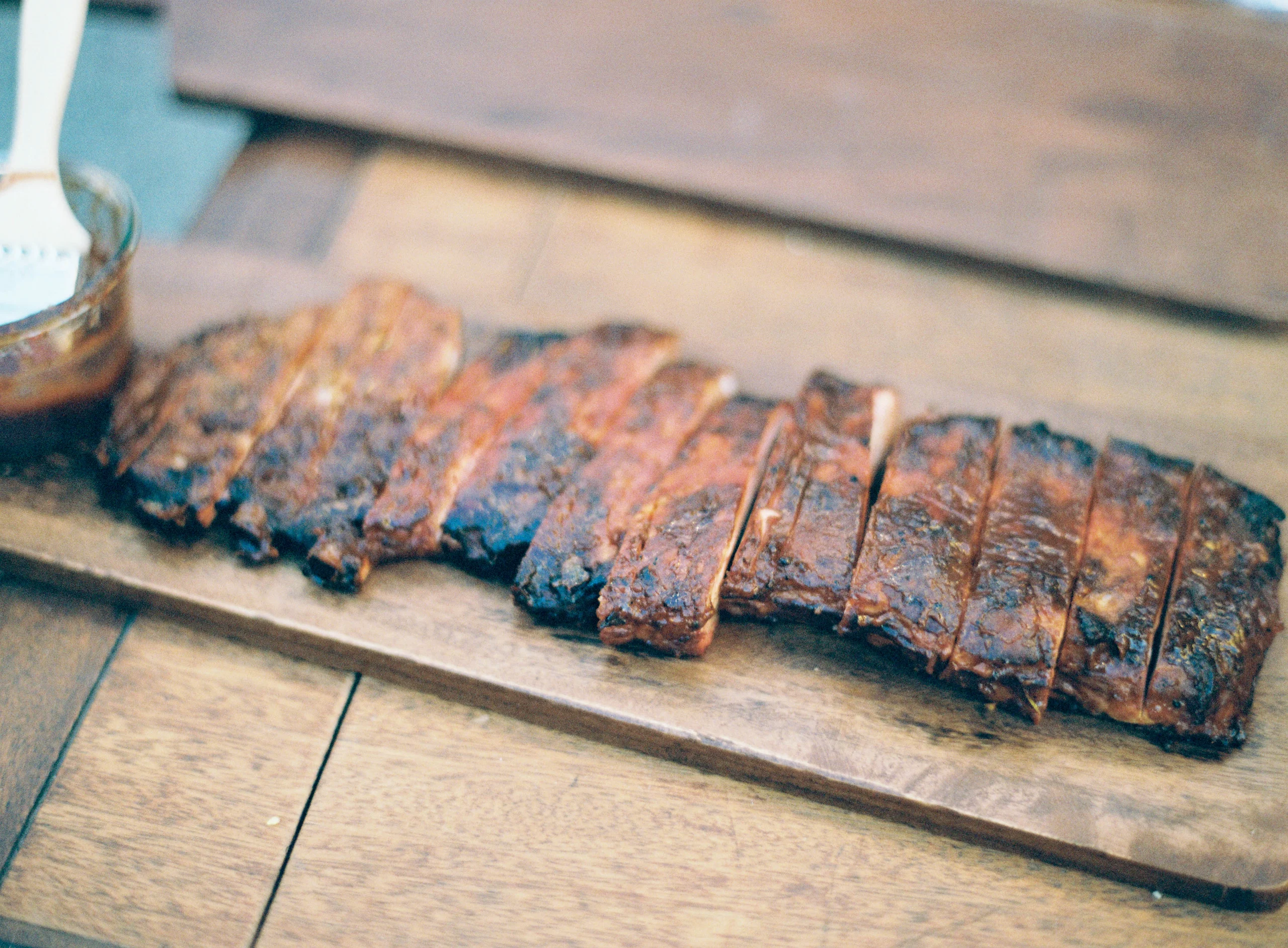
Chef Michael Steifman's St. Louis Smoked Pork Ribs
JAMES BEARD FOUNDATION FELLOW: SOFIA MENDOZA By Georgette Farkas ...
-
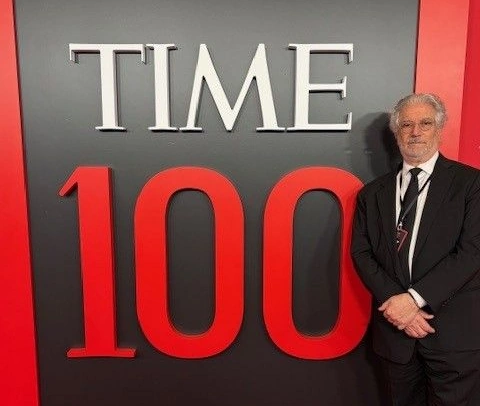
Timeless Partnerships: 21 Years of Catering the 2025 TIME 100 Gala
JAMES BEARD FOUNDATION FELLOW: SOFIA MENDOZA By Georgette Farkas ...
-
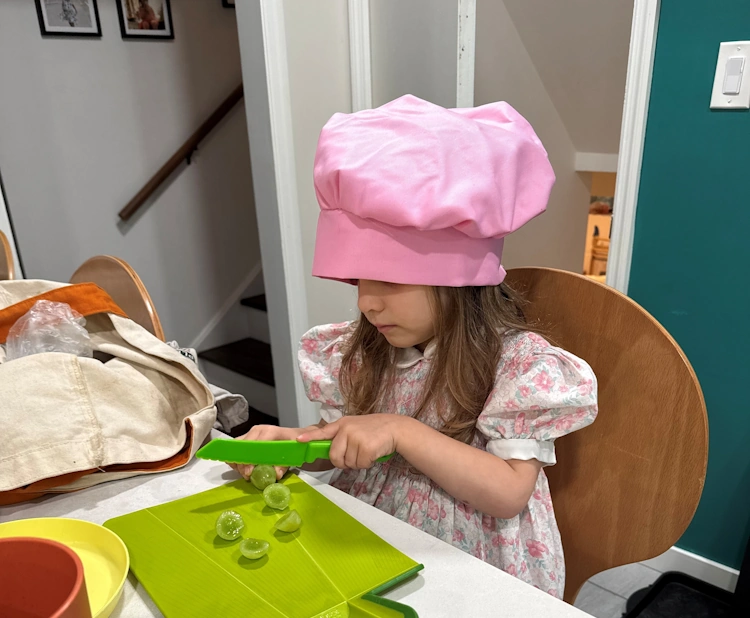
Chefs' Choir: Ali Rea Baum Celebrates With Her Daughter
JAMES BEARD FOUNDATION FELLOW: SOFIA MENDOZA By Georgette Farkas ...








